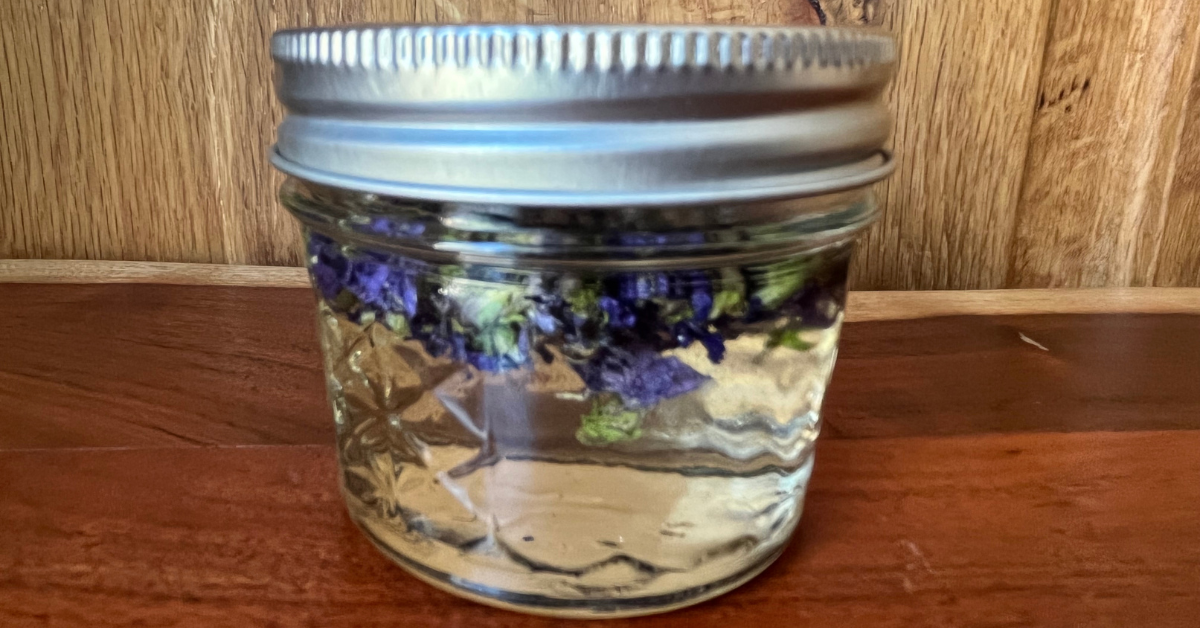Crafting Herbal Infused Oils: A Comprehensive Guide

Herbal infused oils are fundamental for creating various skincare products, including salves, serums, and butters, as well as culinary and medicinal applications. This guide details two methods: cold infusion and heat infusion.
Methods for Infusing Oils
Cold Infusion: This straightforward method, though time-consuming (4-6 weeks), is favored by many herbalists for its potential to create potent oils without the risk of heat damage. Sunlight exposure accelerates the process.
Heat Infusion: This faster method (one day) utilizes heat sources like a stovetop, crockpot, or double boiler. It’s particularly suitable for coconut oil and certain herbs. Detailed instructions on this method can be found in [link to heat infusion article].
Understanding Herbal Infused Oils
Herbal infused oils extract the fat-soluble components, flavors, and aromas from herbs into a carrier oil, providing their therapeutic benefits. Culinary applications include garlic, basil, and oregano oils. Fragrant herbs like lavender create delightful body oils.
Infused Oils vs. Essential Oils
It's crucial to distinguish infused oils from essential oils. Essential oils are concentrated volatile compounds extracted through steam distillation. While both are used in skincare, haircare, and cooking, essential oils require careful handling due to their potency.
Creating Herb-Infused Oil (Cold Method)
Ingredients:
- 250g dried herbs
- 3 cups carrier oil (olive, almond, coconut, etc.)
Instructions:
- Combine herbs and oil in a clear glass jar, ensuring complete submersion.
- Seal tightly, shake well, and place in a sunny location for 4-6 weeks.
- Strain the oil using a muslin cloth, fine-mesh strainer, or herb press.
- Transfer the infused oil to a dark glass bottle, label, and store.
Accelerating the Infusion Process
The cold infusion method is considered traditional and optimal by some. However, a heat infusion method offers a quicker alternative. For details, refer to [link to heat infusion article].
Tips and Tricks
- Use high-quality dried herbs; fresh herbs can lead to mold growth (exception: fresh St. John's wort).
- A seedling mat can provide gentle warmth for faster infusion, especially in winter.
- Store in a sterilized, airtight, dark glass bottle for up to a year (best used within six months).
Frequently Asked Questions
- Infusion Time: 4-6 weeks, longer is better; heat infusion is faster.
- Best Carrier Oils: Olive, avocado, sunflower, almond, castor, and coconut (with heat).
- Fresh Herbs: Generally avoid, except for St. John's wort.
This article contains affiliate links.